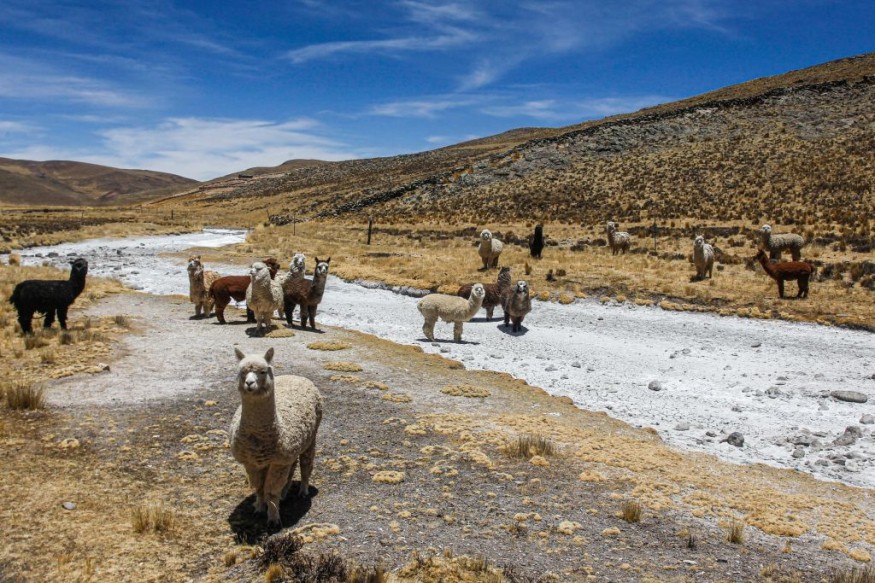
It can be difficult to distinguish between an alpaca and vs llama due to their many similarities, including having a very similar appearance.
Alpaca vs Llama
It is not surprising that llamas and alpacas resemble one another so much because they are both herd animals and are related enough to interbreed and produce fruitful offspring.
Llamas and alpacas are both members of the Camelidae family, which also comprises camels and contains a group of ruminant ungulates with lengthy necks and legs. Alpacas, llamas, and their close relatives in the wild: the vicuna and the guanaco, on the other hand, are products of the high, steep Andes Mountains of Peru, Ecuador, and Bolivia, whereas camels and dromedaries originated in deserts in Africa and Asia.
There are some definite physiological and behavioral distinctions between llamas and alpacas even though they are close relatives to begin with and are frequently crossed today to increase the weight of their fleece. Here are some guidelines for distinguishing an alpaca vs llama.
Size and Appearance
Alpacas often have smaller, more pointed ears than llamas do. They are also smaller on average. Alpacas typically have shorter snouts than llamas, and their fleece is both finer and thicker. The typical llama weighs nearly twice as much as an alpaca, has tall, banana-shaped ears, a long nose, and a curly coat that resembles hair more than the alpaca's coat does.
Fiber
Because of its coarse texture, llama fiber is frequently used in products like rugs, ropes, and cushion fillings. According to Northwest Yarns & Mercantile, baby llama fiber tends to be finer and softer, resembling alpaca fiber in feel. Baby alpaca fiber in particular, which is softer, warmer than usual, more lightweight, and hypoallergenic, is used in garments,
Animal Behavior
In terms of personalities, the two are distinct. Both are typically calm, although llamas have a reputation for being more feisty than the ordinary alpaca, according to The Conversation. Llamas are occasionally used as guard animals to protect livestock from predators since they are more independent, vociferous, and assertive. Though they tend to be more possessive than alpacas - llamas occasionally battle for supremacy - they are interested and don't hate being around people or housed with other animals.
Alpacas, on the contrary, are shy and hesitant with people but quite sociable and prefer to hang out with their family members. Within the herd, sisters, moms, and young alpacas frequently congregate.
A Northern Solstice Alpaca Farm herder in Unity, Maine named Janis Piper claims that because alpacas are matriarchal, even if a gelded male were to be kept with the females, the female would rule. There will always be a group leader among the males in a herd. If an alpaca were left alone, it would fall ill and pass away. If there are two, one will always be in command and the other will be bossed around. A herd of three or more is more contented; there will still be a leader, but the other two are more aware of their responsibilities.
Although neither animal seems especially lovable, llamas and alpacas are generally not harmful.
These animals can only spew digestive fluids, as Piper said. Although it is disgusting, it is their only defense against predators, and they typically won't even do that, How Stuff Works reports.
Related Article : Camel Attacks Zoo Owner in Minnesota, Drags Him 15 Feet
© 2025 NatureWorldNews.com All rights reserved. Do not reproduce without permission.





